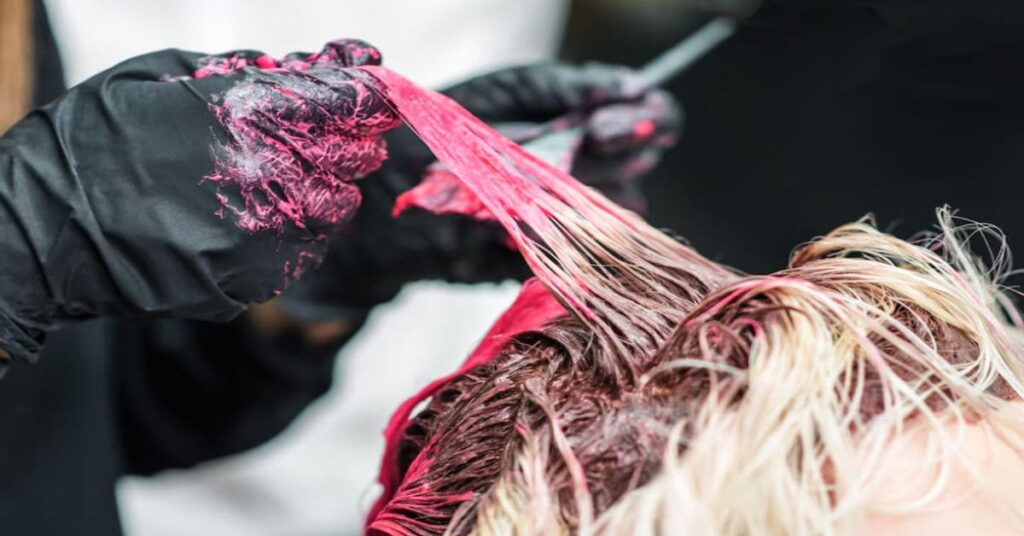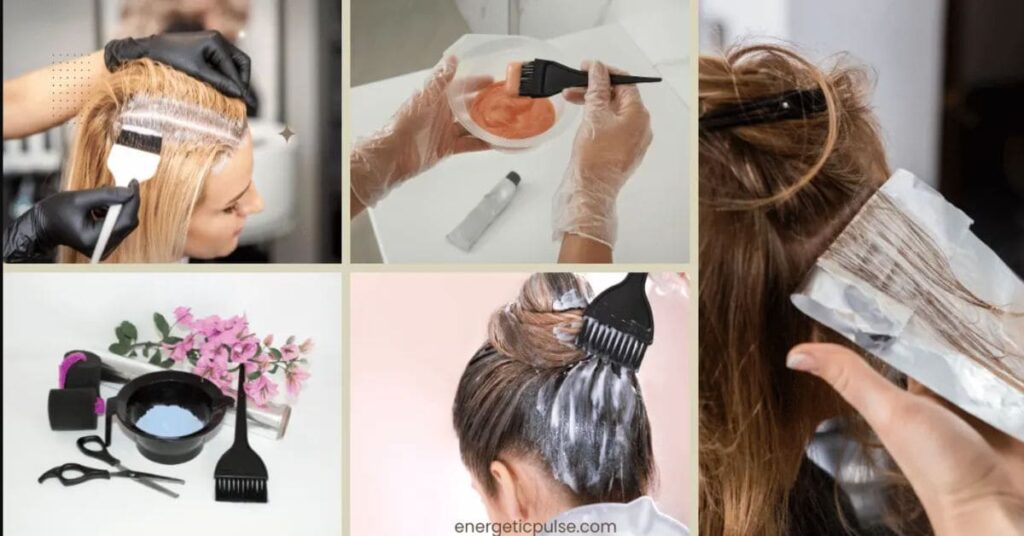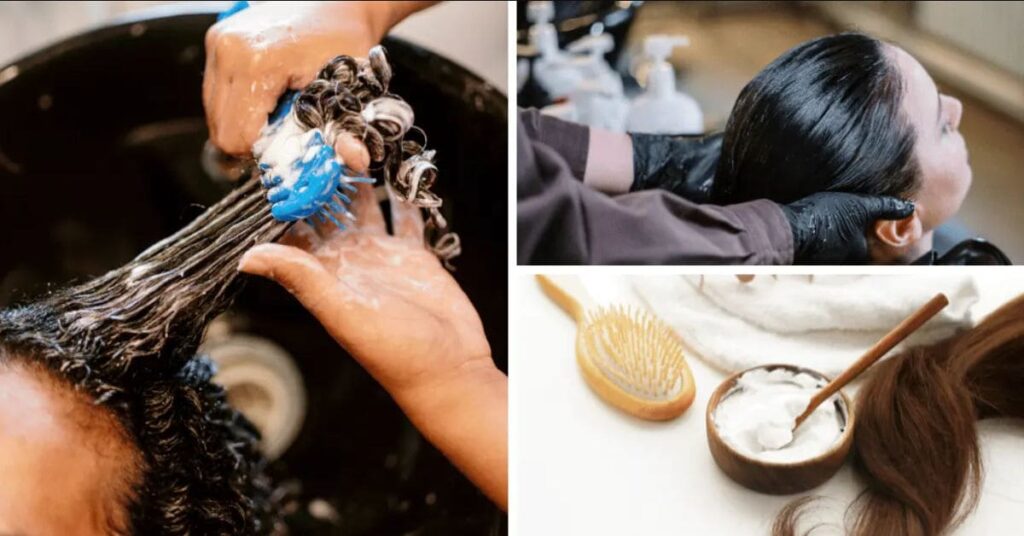There is some danger associated with both bleach and hair dye, but how much depends on a number of variables, including the products’ quality, the state of the hair, and the right application methods. Below is an explanation of each:
- Hair Dye: The way hair dye functions is by applying color to the hair shaft. Even though most hair color products today are made with safer ingredients than they were in the past, some people may still have allergic reactions or irritation of their scalps. To make sure there are no negative reactions, a patch test must be done prior to applying hair color. Furthermore, regular hair coloring can cause breakage and dryness by damaging the hair shaft.
- Bleach: Bleach is used to lighten the hair by removing its natural pigment. It’s a potent chemical that can cause significant damage if not used correctly. Bleach can strip the hair of its natural oils, leading to dryness, brittleness, and breakage. Over-bleaching can also cause the hair to become porous and prone to damage. Furthermore, improper application or leaving bleach on the hair for too long can result in scalp irritation, burns, or even hair loss.
Both hair dye and bleach carry risks, but with proper precautions and techniques, these risks can be minimized. It’s essential to follow the instructions carefully, conduct patch tests, and consider consulting a professional hairstylist, especially for complex coloring or bleaching processes.
Hair color products
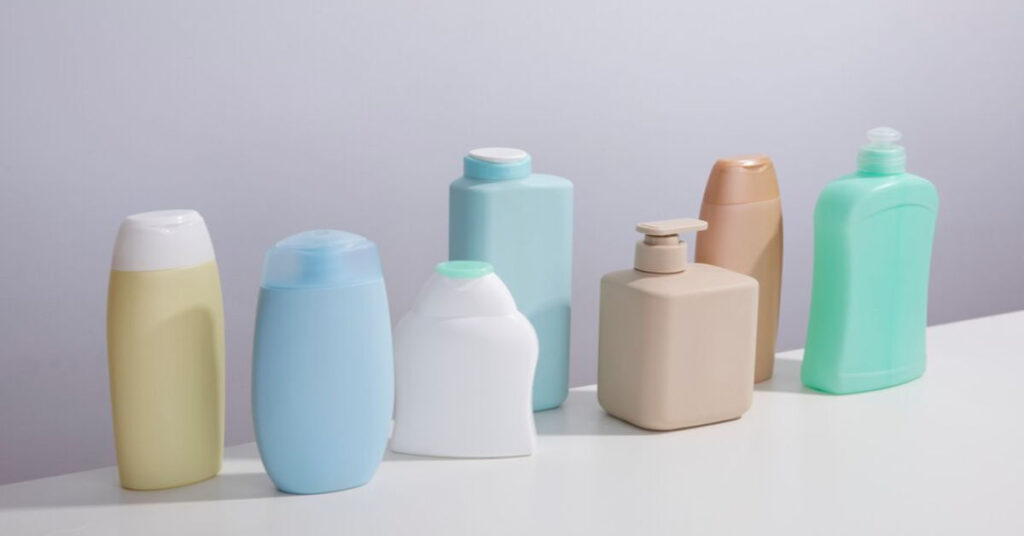
Hair color products, whether they’re permanent, semi-permanent, or temporary, work by depositing pigments onto the hair shaft. These pigments can vary widely in their composition and strength, depending on the brand and type of color. Here are some key points about hair color:
1. Types of Hair Color
Permanent: These hair colors contain oxidative dyes along with an alkaline agent, usually ammonia, and hydrogen peroxide. The ammonia helps open the hair cuticle, while the peroxide acts as a developer to oxidize the dye molecules and allow them to penetrate the hair shaft. Once inside, the dye molecules react to create larger pigments that are trapped within the hair, resulting in a permanent color change.
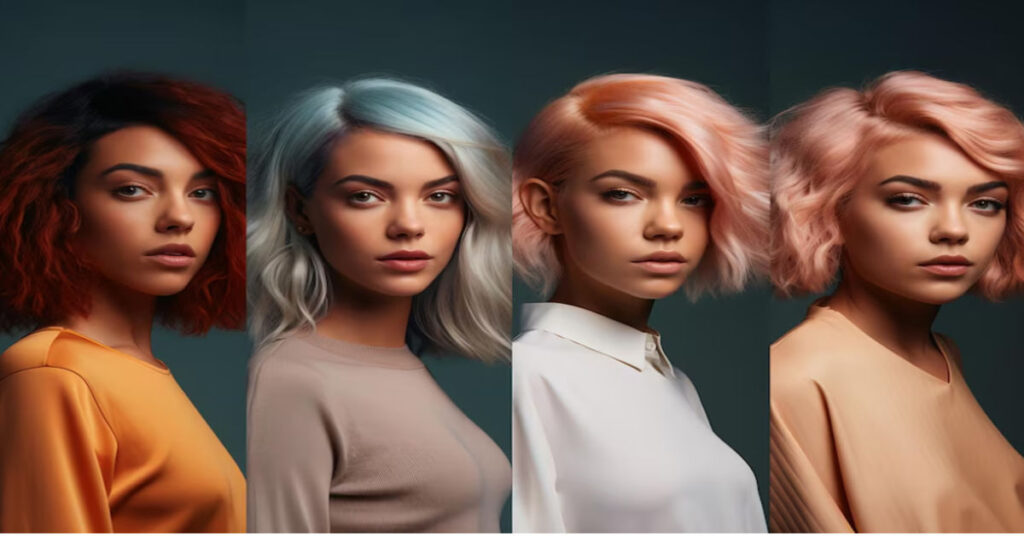
Semi-permanent: These colors do not contain ammonia and rely on other less harsh chemicals to slightly open the hair cuticle. They deposit color onto the outer layers of the hair shaft, but the color fades gradually with each shampoo, typically lasting up to 6–8 weeks.
Temporary: Temporary hair colors, such as rinses, sprays, and color-enhancing shampoos, coat the outside of the hair shaft with pigments. They do not penetrate the hair cuticle and wash out after a few shampoos.
Ingredients:
Ammonia: In permanent hair color, ammonia acts as an alkalizing agent that swells the hair shaft, allowing the dye molecules to enter. It also helps in lightening the natural pigment of the hair.
Hydrogen Peroxide: This ingredient is a developer used in permanent hair color to oxidize the dye molecules and create a permanent color change.
Pigments: Hair color pigments come in various forms and combinations, including direct dyes, oxidative dyes, and pre-formed dyes. These pigments determine the color outcome and are typically blended to achieve the desired shade.
Conditioners and moisturizers:
Many hair color formulations also contain conditioning agents and moisturizers to help mitigate potential damage and maintain the health and integrity of the hair during the coloring process.
safety Considerations:
- While permanent hair color contains more potent chemicals like ammonia and peroxide, the concentration of these chemicals can vary among different products. Some brands offer ammonia-free or low-ammonia formulas, which are considered gentler on the hair.
- It’s essential to perform a patch test before applying hair color to check for any allergic reactions or sensitivities.
- Proper application techniques, following manufacturer instructions, and avoiding overlapping applications can help minimize damage and achieve more even color results.
- Regular use of hair color, especially permanent formulas, can lead to cumulative damage to the hair shaft over time. Using deep conditioning treatments and limiting the frequency of coloring can help mitigate this damage.
While hair color does involve the use of chemicals that can cause damage to the hair, proper use and care can help minimize these risks and achieve the desired color results with relatively little harm to the hair.
Bleach

Bleach, also known as hair lightener or decolorizer, is a chemical product used to lighten the hair by removing its natural pigment. Here are more details about bleach:
1. Chemical Composition:
Ammonia: Like in hair color, ammonia is often a key ingredient in bleach formulations. It serves as an alkalizing agent that helps to open the hair cuticle, allowing the other chemicals to penetrate the hair shaft more effectively.
Hydrogen Peroxide: This is the primary active ingredient in bleach. It acts as an oxidizing agent, breaking down the melanin (the natural pigment) in the hair shaft, resulting in the lightening or bleaching of the hair. The strength of the hydrogen peroxide in bleach can vary depending on the desired level of lightening.
Potassium Persulfate or Sodium Persulfate: These chemicals are often found in bleach formulations and serve as additional oxidizing agents to help break down the melanin in the hair.
2. Types of Bleach:
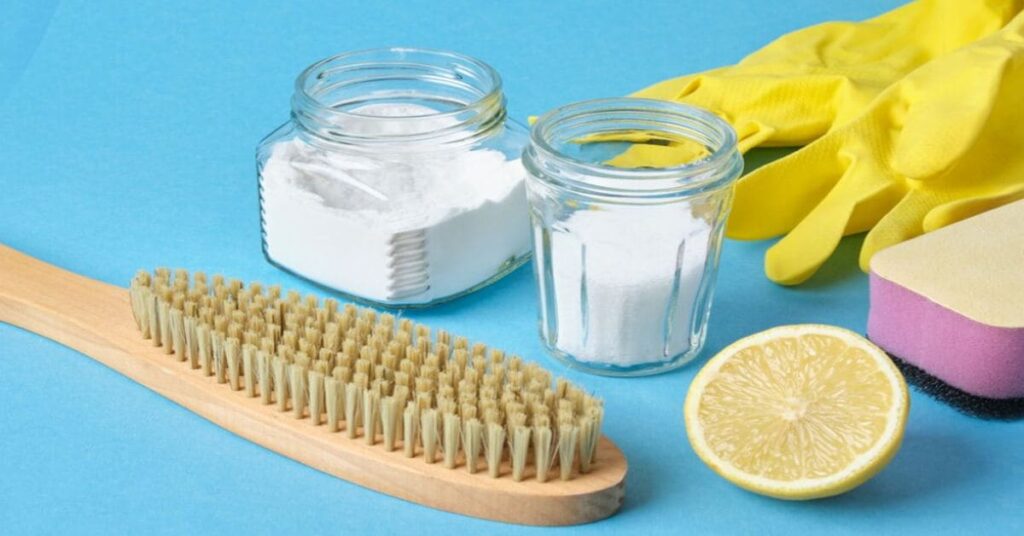
Powder Bleach: Powder bleach comes in the form of a powder that is mixed with a developer (usually hydrogen peroxide) to form a paste. Powder bleach tends to be stronger and more effective at lightening the hair but it can also be more damaging if not used correctly.
Cream Bleach: Cream bleach comes in a creamy consistency and is typically easier to apply than powder bleach. It often contains conditioning agents to help minimize damage, but it may not lighten the hair as effectively as powder bleach.
3. Application and Processing:
- Bleach is usually applied to dry hair and left on for a specific amount of time, depending on the desired level of lightening and the condition of the hair.
- The application process involves sectioning the hair and applying the bleach mixture evenly, ensuring complete coverage.
- Bleach processing time can vary depending on factors such as the starting hair color, the desired end result, and the strength of the bleach formulation. It’s crucial to monitor the hair’s lightening progress during the processing time to avoid over-processing or damage.
4. Safety Considerations:
- Bleach is a potent chemical that can cause damage to the hair, including dryness, breakage, and brittleness. It can also irritate the scalp and skin, so it’s essential to use caution during application and follow safety instructions provided by the manufacturer.
- Over-processing with bleach can lead to severe damage, including hair breakage and loss. It’s crucial to avoid leaving bleach on the hair for longer than recommended and to perform strand tests to assess how the hair will react to the bleach.
- Using lower-volume developers and incorporating conditioning treatments before and after bleaching can help minimize damage and maintain the health of the hair.
Conclusion
Bleach is a powerful chemical product used to lighten the hair by removing its natural pigment. While effective at achieving significant lightning results, bleach can also be damaging if not used correctly, so it’s essential to follow proper application techniques and safety precautions. Consulting a professional hairstylist for bleach treatments can help ensure the best results and minimize the risk of damage to the hair.
